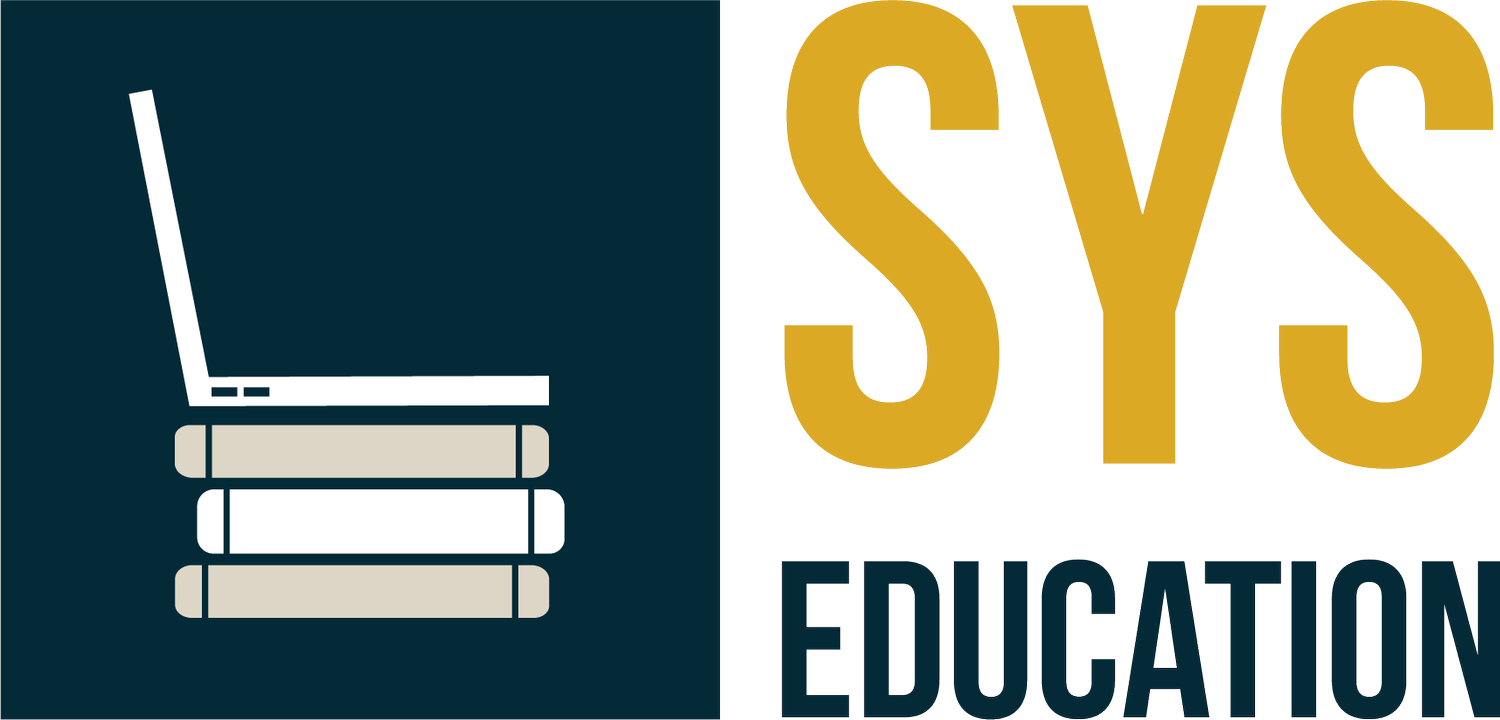Gathering and Using Reading Group Data
By Natalie Conway
Reading group data should be used to drive instructional decision-making. Creating groups based on reading skills, not overall reading levels, allows for effective data collection and analysis, boosting student engagement and performance in reading.
What data should I gather?
Ideally you’d determine what data to gather based on students’ learning goals. And ideally those learning goals would be aligned to grade level standards. There are five main skills we look at in terms of elementary literacy. These include:
Phonological Awareness
Phonics
Fluency
Vocabulary
Comprehension
The standards address all of these standards at every grade level (except Phonological Awareness which drops off after Grade One in most states). We also want to explore and support ELA skills like writing, speaking, and listening, but for the purposes of today’s post, we’re focusing on reading only.
Focus on Reading Skills, not Reading Levels
Gather data on how students are performing in these five domains (listed above) and create groups based on skill, not overall reading level. You’ll have a group that’s just working primarily on building fluency, and you might have another whose goal is to gain better comprehension.
The key is to realize that these skills build on one another. You can’t comprehend without fluency and vocabulary in place. You are less likely to read fluently if your phonics skills are lacking, etc. Maybe you won’t have a group focusing on comprehension yet, and that’s okay. Maybe you have three phonological awareness groups, also okay!
Standards-Based Data
It follows that if your group is focused on reading fluency, for example, that you would track data on how fluently they are reading and what kinds of texts they can read fluently. Choose an anchor standard or supporting standard to focus your data collection.
An anchor standard is, “Read with sufficient accuracy and fluency to support comprehension.” A supporting standard is, “Read grade-level text orally with accuracy, appropriate rate, and expression on successive readings.” There is no right or wrong standard or data point to gather, just be focused and consistent.
Gather data as often as possible. Formative assessments don’t count towards final grades, but do inform how we teach and what we teach. Formative assessments can be observational notes you take, exit tickets, and student work samples. Use as many formative assessments as you can in a week and use that data to make instructional decisions about next week.
Take Action
You’ve gathered your data, now what? Determine if students are making progress in the standard you’re focusing on with them.
If students are making progress as you’d expect, keep doing what you’re doing. Maybe it’s time to increase the complexity of the tasks you’re doing, release more responsibility on the students than you, or increase the complexity of the texts you’re using. Maybe you can move on to the next skill in the sequence (such as long vowels after mastering short vowel sounds).
If students are not making progress as you’d expect, ask yourself these questions.
Do I need to change something about my instructional design and delivery?
Are students doing most of the work or am I?
Are the activities we do engaging?
Are students engaging with authentic texts?
Is the instructional content at an appropriate level?
Do some students need more time with a foundational skill (i.e. phonological awareness, phonics)?
Is my group size or make-up impacting students’ ability to achieve?
Are there too many students in this group?
Are there students who struggle to be together in my group?
Additionally, you’re going to want to record your actions and all this data, whether that’s on your own document or a school-required Tier I intervention form. InterventionCentral.org offers a great free template to use to track student progress data.
RtINetwork.org has some solid resources to support you in recording and organizing data, as well prompts for running data meetings with teams.
Use Your Team
Working collaboratively with our peers and other professionals in the school is key to supporting all students. Ask your Title I teacher, special education teacher, instructional coach, and fellow grade-level teachers for support in looking at your data and when making instructional decisions about next steps. Folks who know your students, know you, and know your curriculum are always great assets!
Want more assessment ideas?
Check out these three episodes of our podcast, SYS Presents: Adventures in Online Education.
Formative and Summative Assessments (AOE S1 Ep8)
Assessment with Tom Schimmer (AOE S2 Ep11)
Assessment with Natalie Vardabasso (AOE S2 Ep3)

